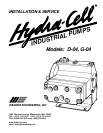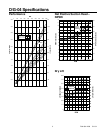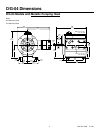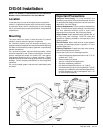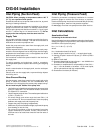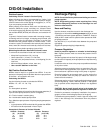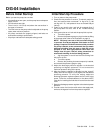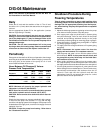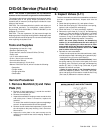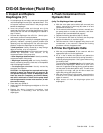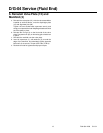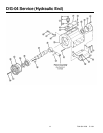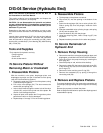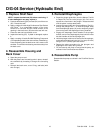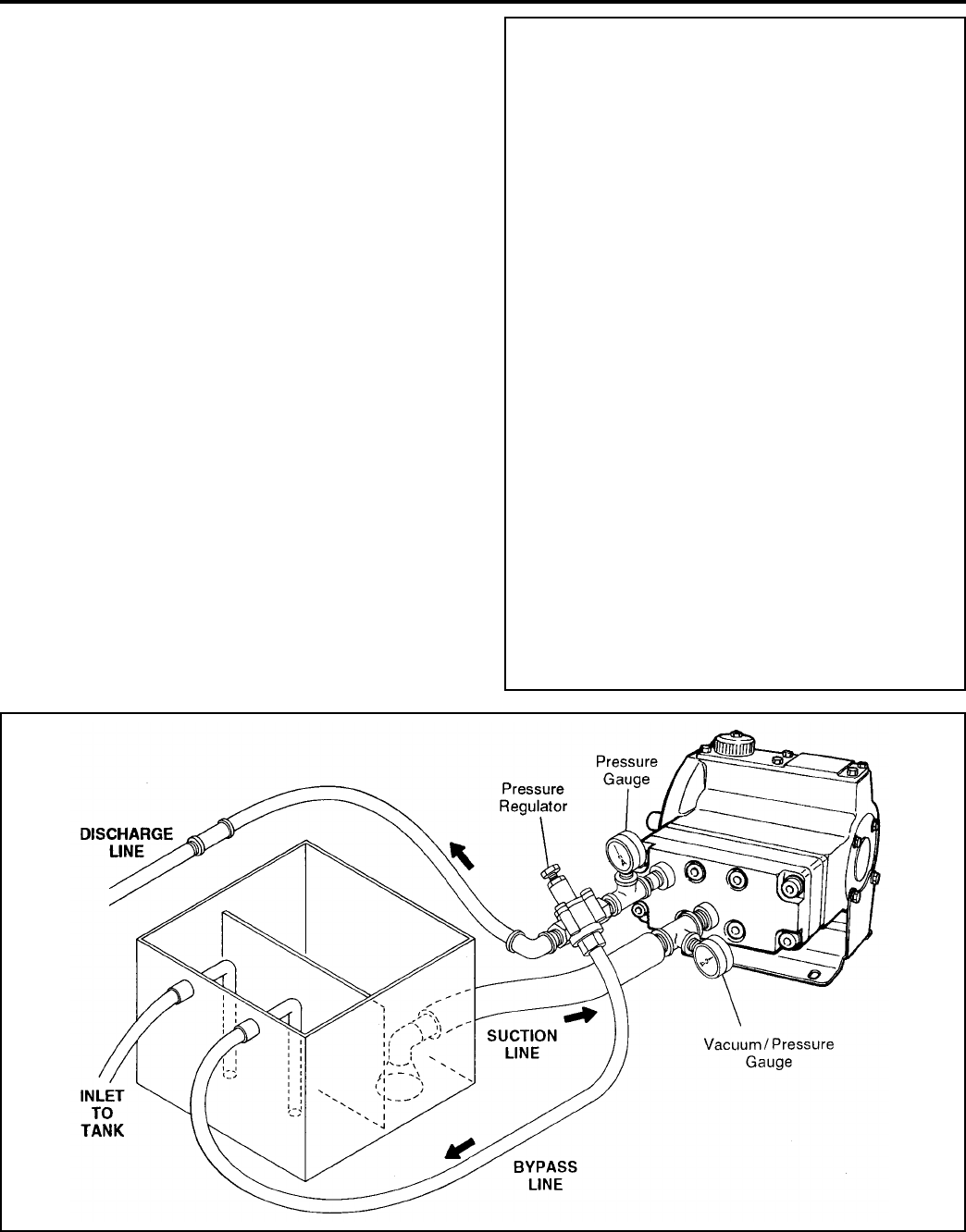
5 D04-991-2400 5/1/04
D/G-04 Installation
NOTE: The numbers in parentheses are the Reference
Numbers on the illustrations in the Parts Manual.
Location
Locate the pump as close to the supply source as possible.
Install it in a lighted clean space where it will be easy to inspect
and maintain. Allow room for checking the oil level, changing
the oil, and removing the pump head (manifold, valve plate and
related items).
Mounting
The pump shaft can rotate in either direction.To prevent
vibration, securely attach the pump to a rigid base.
On a belt-drive system, align the sheaves accurately; poor
alignment wastes horsepower and shortens the belt and bearing
life. Make sure the belts are properly tightened, as specified by
the belt manufacturer.
On a direct-drive system, align the shafts accurately. Unless
otherwise specified by the coupling manufacturer, maximum
parallel misalignment should not exceed .015” and angular
misalignment should be held to 1 degree maximum. Careful
alignment extends life of the coupling, pump, shafts, and support
bearings. Consult coupling manufacturer for exact alignment
tolerances.
On a close-coupled system, coat the motor shaft liberally with
anti-seize.
Important Precautions
Adequate Fluid Supply. To avoid cavitation and
premature pump failure, be sure that the pump will have
an adequate fluid supply and that the inlet line will not be
obstructed. See “Inlet Piping”.
Positive Displacement. This is a positive-displacement
pump. To avoid severe system damage if the discharge
line ever becomes blocked, install a relief valve
downstream from the pump. See “Discharge Piping”.
Safety Guards. Install adequate safety guards over all
pulleys, belts, and couplings. Follow all codes and
regulations regarding installation and operation of the
pumping system.
Shut-Off Valves. Never install shut-off valves between
the pump and discharge pressure regulator, or in the
regulator bypass line.
Freezing Conditions. Protect the pump from freezing.
See also the Maintenance Section.
Consult the Factory for the following situations:
• Extreme temperature applications above 160° F (71°C)
or below 40° F (4°C)
• Pressure feeding of pumps
• Viscous or abrasive fluid applications
• Chemical compatibility problems
• Hot ambient temperatures above 110° F(43°C)
• Conditions where pump oil may exceed 200° F (93°C)
because of a combination of hot ambient temperatures,
hot fluid temperature, and full horsepower load — an
oil cooler may be required



